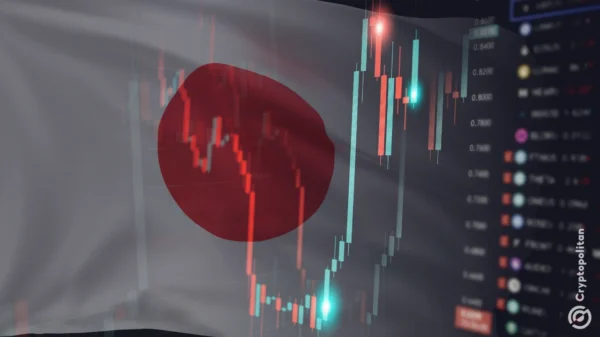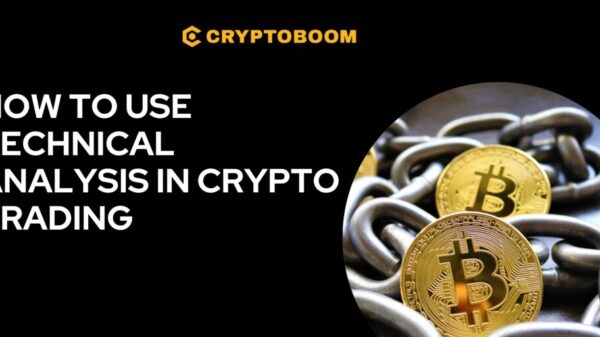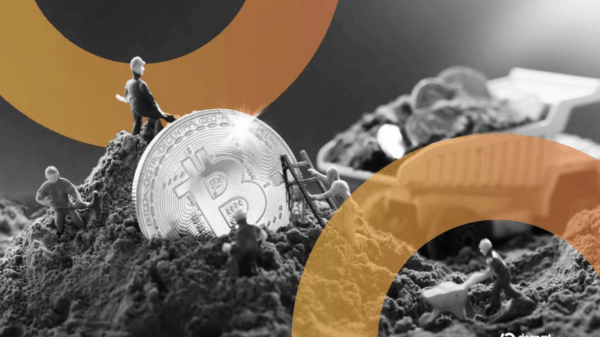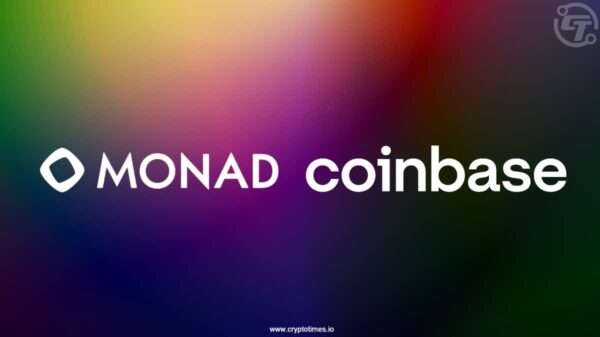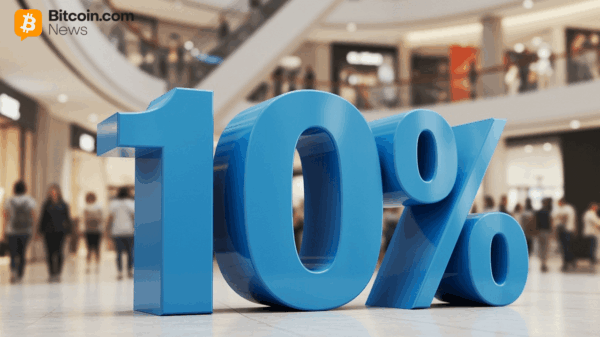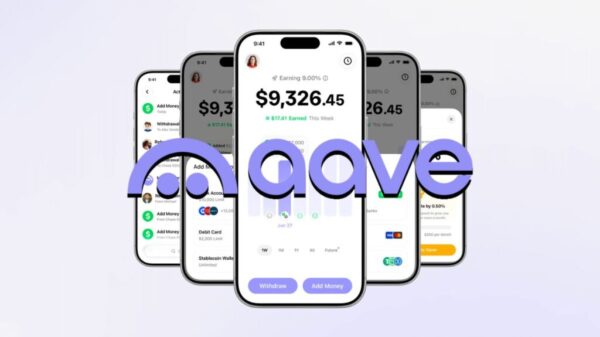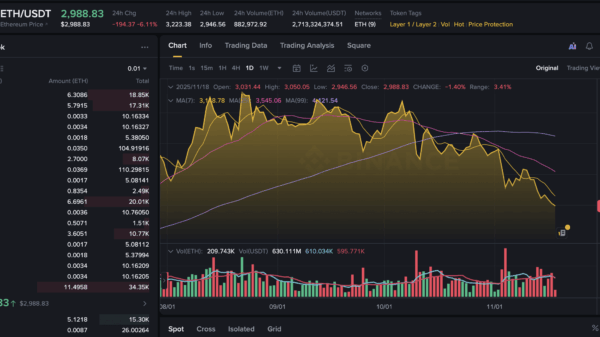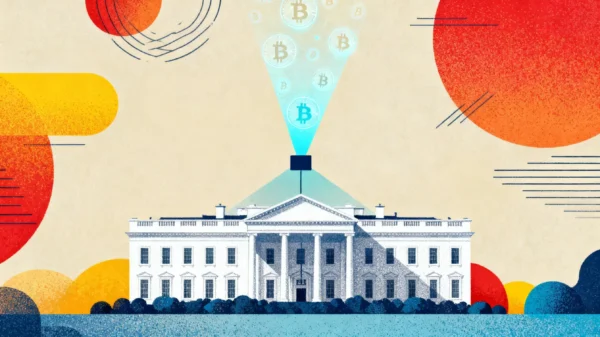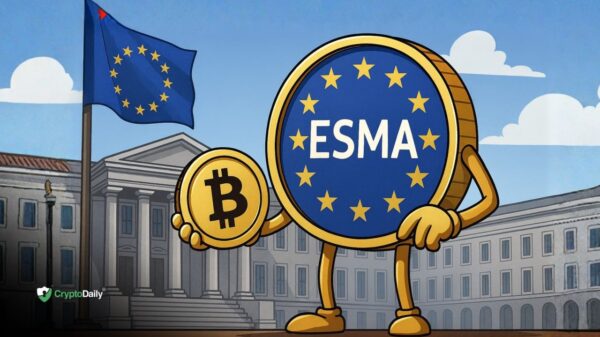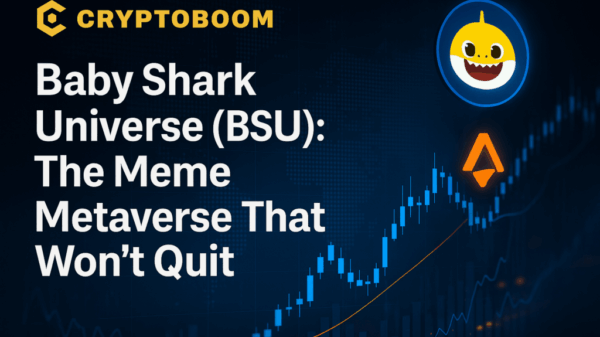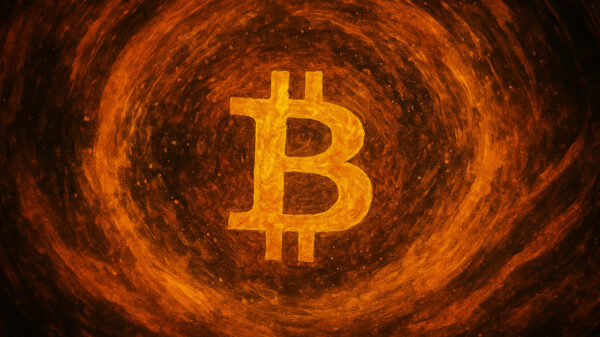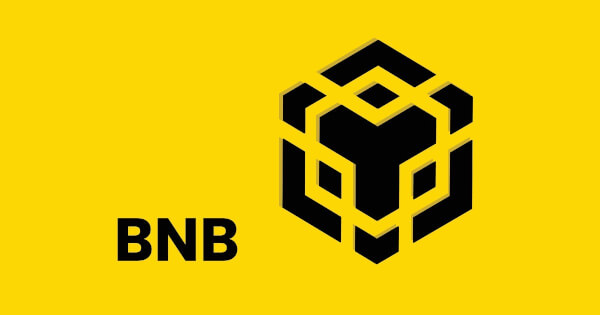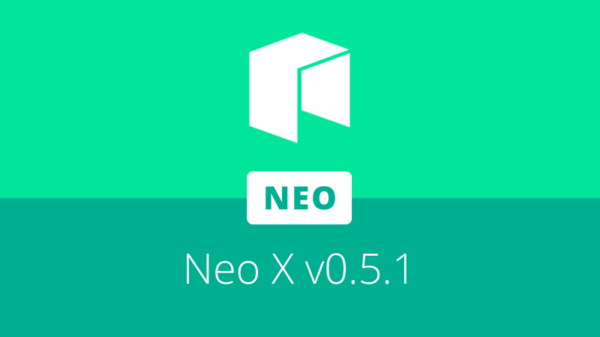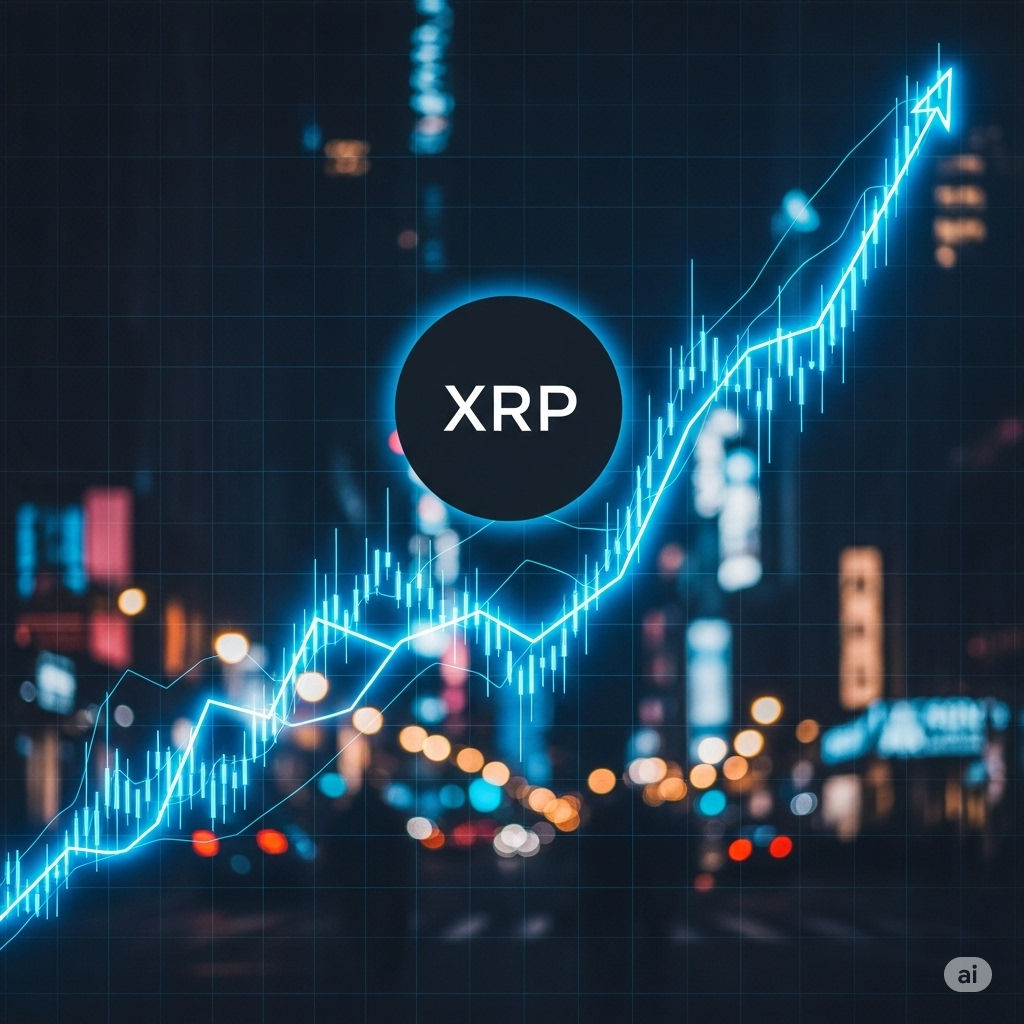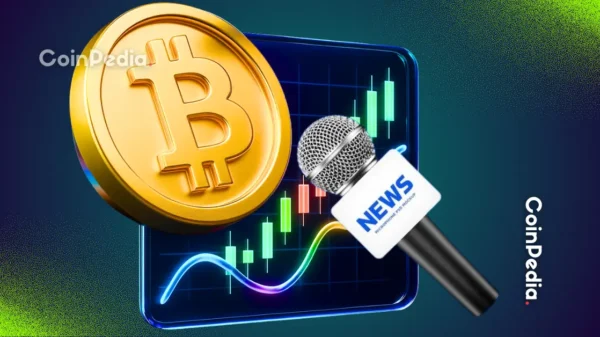The launch of the first spot ETF tracking XRP, known as the XRPC ETF, on the Nasdaq exchange did not lead to a significant price increase for the Ripple token. As of November 13, XRP was trading at $2.40, maintaining a position above this month”s low of $2.070. Despite the initial surge in trading activity, XRP”s price remained relatively unchanged.
The XRPC ETF, which has entered the market after the REX-Osprey XRP ETF (XRPR), garnered substantial interest, achieving $26 million in trading volume within the first half-hour of its launch. The XRPR ETF currently boasts over $120 million in assets. Notably, the XRPR was established under the Investment Act of 1940, whereas the XRPC ETF operates under the Securities Act of 1933, a structure generally more accepted among investors.
Analysts highlight that the approval of the XRPC ETF was largely anticipated, with the likelihood of its acceptance exceeding 98% prior to its debut, according to platforms like Polymarket and Kalshi. As a result, the launch did not surprise investors, contributing to the XRP price”s lack of movement. Additionally, the overall performance of the cryptocurrency market has been underwhelming, with the total market capitalization standing at $3.4 trillion and Bitcoin having dipped to $100,000.
From a technical standpoint, the price action of XRP faces challenges. It has remained confined within a descending channel, indicating persistent selling pressure. Furthermore, a “death cross” pattern has emerged as the 50-day and 200-day Exponential Moving Averages (EMA) crossed, a signal typically associated with bearish market conditions. Analysts suggest that the next crucial support level for Ripple to observe is around $2.00, while a breakout above the descending channel could pave the way for potential gains.
Looking ahead, the crypto landscape may see further XRP ETFs, with eight additional funds filed with the DTCC by various firms, including Franklin Templeton, Bitwise, and Invesco. JPMorgan estimates that these investments could lead to over $8 billion in inflows during the first year, signaling robust interest in XRP-related financial products.


